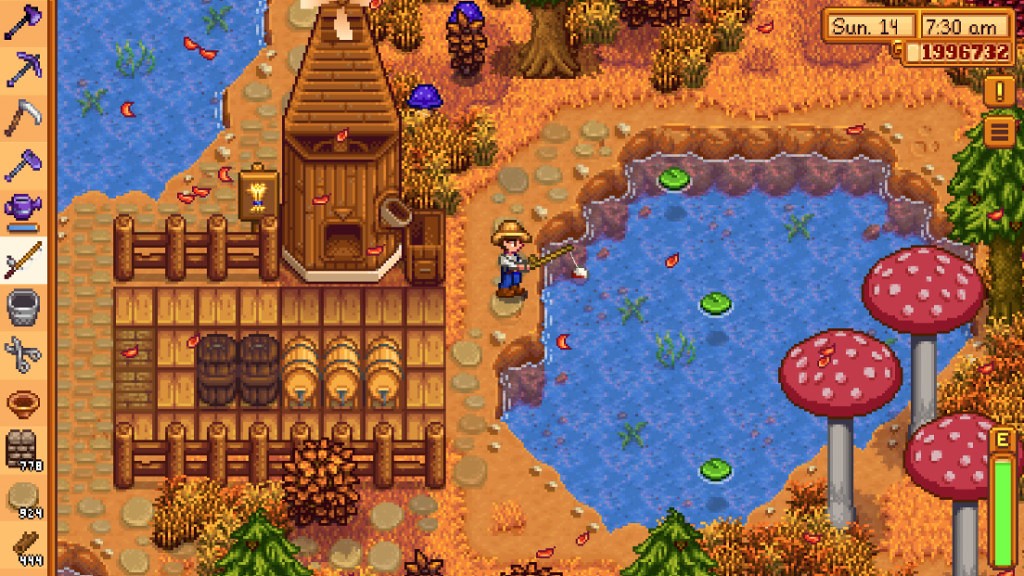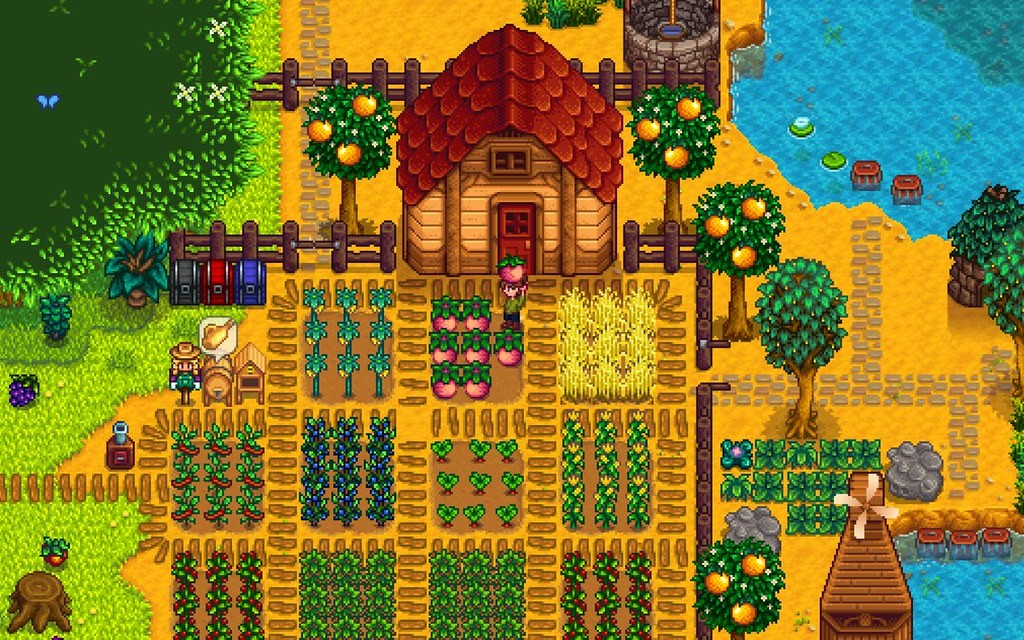
Stardew Valley, the idyllic farming simulator, offers players a chance to escape the hustle and bustle of modern life. However, beyond the serene experience of tending to crops and animals lies a complex economic system. For those who seek more than just tranquility and wish to amass a fortune, mastering the art of maximizing earnings is essential. This guide delves into advanced strategies that go beyond basic farming practices to help you optimize profits and secure your position as the most prosperous farmer in Stardew Valley.
Optimizing Crop Selection for Seasonal Success

Choosing the right crops for each season is one of the most critical decisions you’ll make on your path to wealth. While growing a variety of crops might be aesthetically pleasing and fulfilling for personal goals, focusing on the most lucrative options is key for maximizing earnings. In the spring, crops like strawberries (obtained during the Egg Festival) can yield a substantial profit, especially when planted early. For summer, blueberries and starfruit are your gold mines, with the latter available from the Oasis after repairing the bus. In fall, pumpkins and cranberries reign supreme. Calculate the growth time and harvest cycles to ensure you can plant and reap as many times as possible within a season.
However, it’s not just about planting the right crops; it’s also about increasing their value. Quality is just as important as quantity. Invest in fertilizers that enhance the chance of producing higher-quality crops, which sell for more. Consider crafting or purchasing Deluxe Speed-Gro to accelerate growth and allow for additional harvests within the same season. This is particularly effective for crops that yield multiple harvests, like blueberries and cranberries. By honing in on the most profitable crops and employing growth strategies, you can significantly boost your farm’s output and revenue.
Leveraging Artisan Goods for Maximum Profit
Transitioning from raw crop sales to artisan goods production is a savvy move for farmers aiming to increase their earnings. Artisan goods such as cheeses, wines, and preserves fetch higher prices than their base ingredients. To capitalize on this, it’s crucial to upgrade your farming infrastructure. Build a barn and coop to house animals that provide valuable produce like milk and eggs, which can be turned into cheeses and mayonnaise. Construct kegs and preserves jars to transform your fruits and vegetables into lucrative artisan goods.
Time management plays a pivotal role when dealing with artisan goods. It’s important to synchronize your production with your crop harvests. For instance, kegs take a certain amount of time to turn fruit into wine, so having a steady supply of fruit ready for processing will keep your kegs constantly in operation, ensuring a regular flow of income. Prioritize high-value crops for your artisan goods; for example, ancient fruit wine can garner hefty sums. Diversify your production to not rely solely on one type of good, as market demands can change. By refining raw farm products into artisan goods, you can significantly amplify your profit margins.
Strategic Mining: Fueling Agricultural Expansion

Mining is not just a side activity in Stardew Valley; it’s a strategic endeavor that can fuel your farm’s growth and profitability. The deeper layers of the mines hold precious gems and resources that are essential for crafting and upgrades. Regular mining expeditions are necessary to gather ores for tool upgrades, which in turn increase your farming efficiency. Upgraded tools mean less energy expended and more ground covered, allowing for a larger scale of farm operations.
It’s also worth noting that mining can lead to the discovery of rare items, such as prismatic shards and dinosaur eggs, which can either be sold for a high price or used to unlock special features and animals that enhance your farm’s appeal and profitability. Geodes found in the mines can be cracked open to reveal valuable minerals and artifacts, further contributing to your wealth. Balance your time between the fields and the mines to maintain a steady supply of materials needed for high-end crafting and infrastructure upgrades, ensuring your farm’s continuous growth and increased earnings.
Fishing and Foraging: Supplementing Farm Income
While farming is the cornerstone of your Stardew Valley enterprise, fishing and foraging offer valuable income supplements. Each season brings new fish to catch and items to forage, which can bolster your earnings without significant investment. Mastering the fishing mini-game can lead to catching legendary fish, which sell for high prices. Foraging not only provides free resources like wood and wild seeds but also seasonal wild fruits and mushrooms, which can be sold directly or used as ingredients in cooking and crafting.
Furthermore, foraging can lead to the discovery of valuable items such as the elusive truffle, which pigs on your farm can sniff out if you have the foraging skill that allows you to find double items. This skill also increases the chance of higher-quality foraged items, which sell for more. By incorporating fishing and foraging into your daily routine, you can harness these activities as a steady source of additional income, further padding your pockets and supporting your farming ventures.






Leave a comment
Your comment is awaiting moderation. We save your draft here
0 Comments